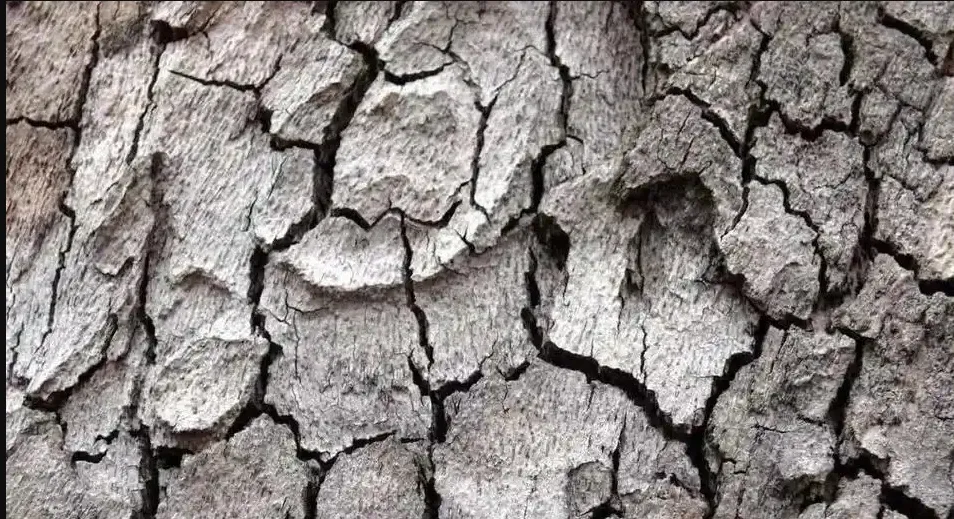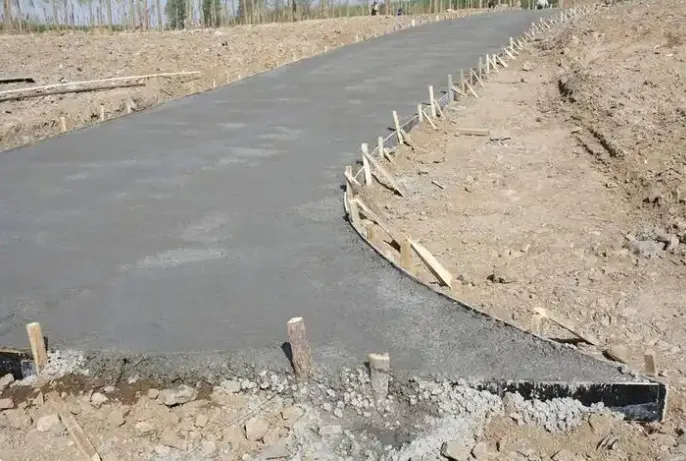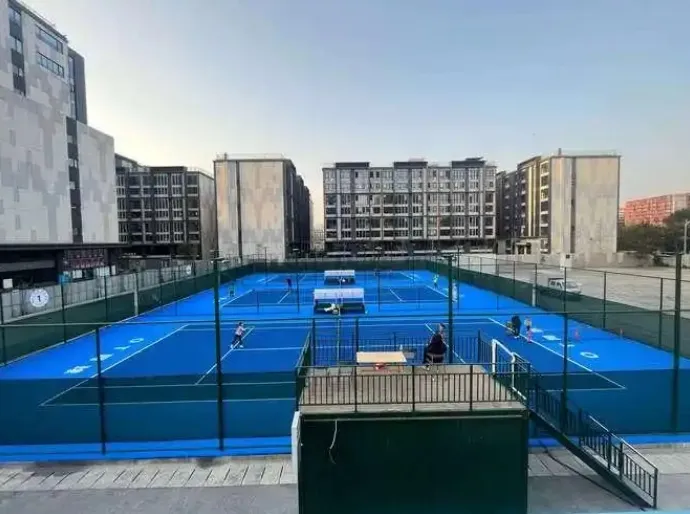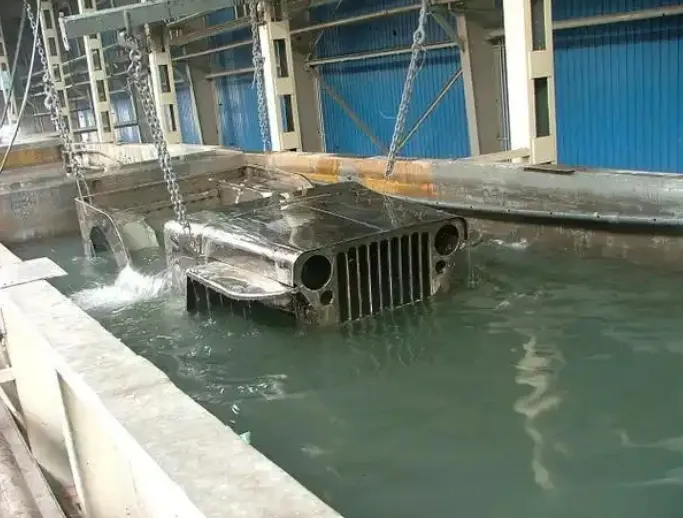
Why is acrylic material not suitable for direct application on cement foundations? In practical applications, the following issues may arise:
Reflective cracking
Blistering
Delamination between layers
Cracking at expansion joints

These problems can be caused by various factors, including material incompatibility, construction errors, and environmental conditions. Therefore, careful consideration of these potential issues is essential when selecting materials and application methods to ensure the stability and durability of cement foundations.
When acrylic material is applied on a cement foundation, there is indeed a risk of reflective cracking, blistering, delamination, and cracking at expansion joints. For this reason, asphalt foundations are generally preferred for court construction. Nevertheless, acrylic is one of the surface materials designated by the International Tennis Federation (ITF) for tennis courts. Due to its stable performance and relatively low construction cost, it is widely used in sports facilities such as basketball courts, tennis courts, and badminton courts. Next, we will delve into the reasons behind these issues with acrylic materials on cement foundations, uncovering the scientific principles involved.

◇ 1. Common Problems
Acrylic material on cement foundations may exhibit reflective cracking, blistering, delamination, and cracking at expansion joints.
◇ 2. Contributing Factors
These issues can stem from material incompatibility, construction errors, and changes in environmental conditions. Hence, material selection and construction methods must be carefully evaluated.
◇ 1. Advantages of Asphalt Foundations

Although acrylic offers stable performance and low cost, asphalt foundations are often the preferred choice for court construction.
◇ 2. Characteristics of Acrylic as a Surface Material
Acrylic is an ITF-approved material for tennis courts, known for its stable performance and cost-effectiveness. It is widely used in basketball courts, tennis courts, badminton courts, and other sports facilities.

◇ 1. Causes of Delamination, Blistering, and Cracking
The reasons for delamination, blistering, and cracking when applying acrylic on cement foundations include:
A. The concrete foundation does not meet the required strength standards or has insufficient curing time before acrylic application.
B. The concrete foundation has not undergone proper acid washing and cleaning.
C. The proportion of quartz sand in the acrylic mixture is too high during construction.
D. The foundation's moisture content is too high during application, or subsequent layers are applied before the previous layer has fully dried.
E. Existing cracks in the concrete foundation can lead to reflective cracking in the acrylic coating.
◇ 2. Mechanism of Reflective Cracking
Reflective cracking is a passive, compressive type of crack caused by foundation settlement or existing fractures. While acrylic coatings possess a certain degree of tensile strength, when the foundation settles or cracks from below, the resulting shear or expansion forces can stretch and rupture the coating attached to the foundation.
Since these cracks originate from foundation issues such as settlement or fractures, merely repairing the coating only provides a temporary solution. The root cause lies in stabilizing the foundation rather than just addressing the surface layer.
◇ 3. Necessity of Acid Washing Before Application
Acid washing is a critical step before applying acrylic on a cement foundation. Its purpose is to thoroughly clean the foundation, removing debris and substances that could weaken adhesion, thereby exposing a clean, porous surface. This allows the acrylic material to penetrate the capillary pores of the cement foundation, forming an interlocking bond that minimizes delamination and blistering.
While acid washing does not completely eliminate these issues, it significantly reduces their likelihood. Without acid washing, blistering and delamination may occur frequently. In severe cases, the entire coating can peel off like a carpet, as the base layer fails to bond properly with the concrete and instead adheres only to surface dust and debris.

Add: Block 14, No.100, Luyun Road, Changsha 410205, Hunan, China.
Tel: +86-731-82294958
Email: info@arshinechem.com
WhatsApp: 8618874001228